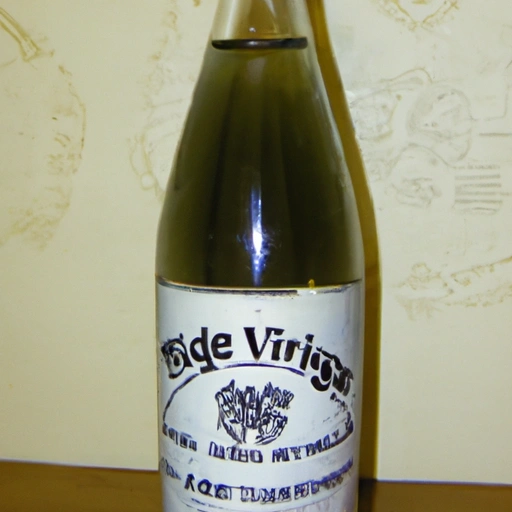Rice Vinegar
Description

Rice vinegar, known as 'su' in Japanese, is a mild, slightly sweet vinegar made from fermented rice. In the culinary world, it's a staple in many Asian dishes, known for its delicate flavor that enhances rather than overpowers other ingredients. Rice vinegar is available in several varieties, including white, red, and black, each lending a unique flavor and color to dishes. The fermentation process of rice vinegar is similar to that of other vinegars, involving the conversion of sugars into alcohol, and then into acetic acid. This process creates a tangy liquid that is less acidic than white or cider vinegars, making it a favorite for those who prefer a milder taste.
Common uses
Rice vinegar is frequently used as a seasoning, in marinades, and as a component in sauces such as sushi vinegar mix, which is a blend of rice vinegar, sugar, and salt used to season sushi rice. It's also an essential ingredient in pickling, used to preserve and flavor vegetables and fruits. Moreover, rice vinegar acts as a salad dressing base and is often mixed with oil and other seasonings to create a light, refreshing vinaigrette. It's a common element in slaws and cold salads, providing a tangy note that complements the freshness of the ingredients.
Nutritional value
Calories
Rice vinegar is low in calories, with approximately 3 calories per tablespoon (about 15 milliliters), making it a diet-friendly condiment.
Protein
It contains a negligible amount of protein, less than 1 gram per 100 milliliters.
Fat
Rice vinegar is virtually fat-free, with no significant fat content per serving.
Carbohydrates
It consists of about 0.04 grams of carbohydrates per tablespoon, mostly from natural sugars.
Vitamins
While not a significant source of vitamins, it contains trace amounts of vitamin C and B vitamins depending on the brand and production process.
Minerals
Rice vinegar contains small amounts of minerals such as potassium, but they are present in minimal amounts.
Health benefits
Due to its acetic acid content, rice vinegar may offer health benefits such as stabilizing blood sugar levels, aiding digestion, and possessing antibacterial properties. However, it should be consumed in moderation as part of a balanced diet.
Potential risks
While rice vinegar is generally considered safe for consumption, overuse could lead to digestive discomfort due to its acidity. Individuals with gastric sensitivity should use it with caution. Furthermore, commercially prepared rice vinegars may contain added sugars or sodium, which could impact individuals monitoring their intake of these components.
Common recipes
Rice vinegar is used in a multitude of recipes ranging from Asian salad dressings, sushi rice, marinades for meat and seafood, and in sauces like teriyaki and sweet and sour sauce. It's also a key ingredient in homemade pickles and slaws.
Cooking methods
While rice vinegar is often used in its raw form to maintain its delicate flavor, it can be gently heated when used in cooking sauces or glazes. It is also used to deglaze pans to create flavorful pan sauces.
Pairing with other ingredients
This vinegar pairs well with sesame oil, soy sauce, ginger, garlic, and wasabi, making it integral to many Asian dishes. It also complements fruits like cucumber and pear when used in pickling.
Summary
Rice vinegar is a versatile and essential ingredient with a rich history in Asian cuisine. It is a flavorful, low-calorie addition to many dishes with potential health benefits and a variety of culinary uses. Due to its mild acidity, it's a popular choice for dressings, marinades, and sauces, adding a subtle tang to recipes without overwhelming other flavors.